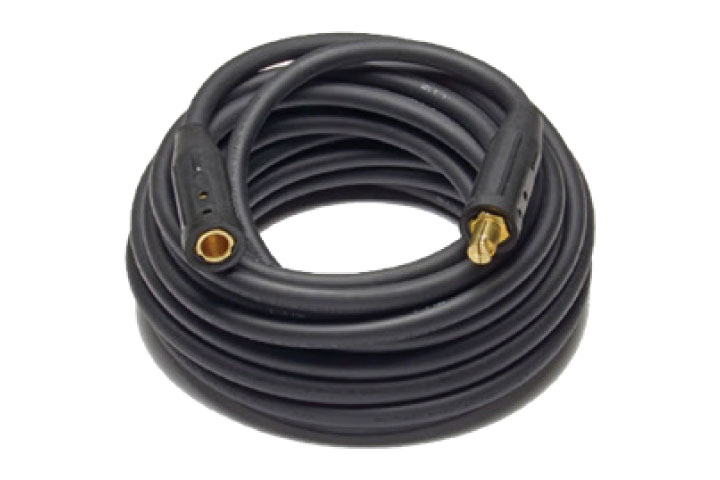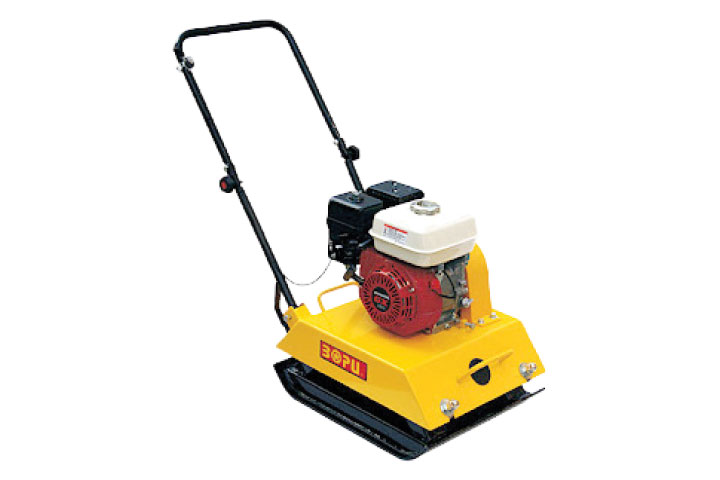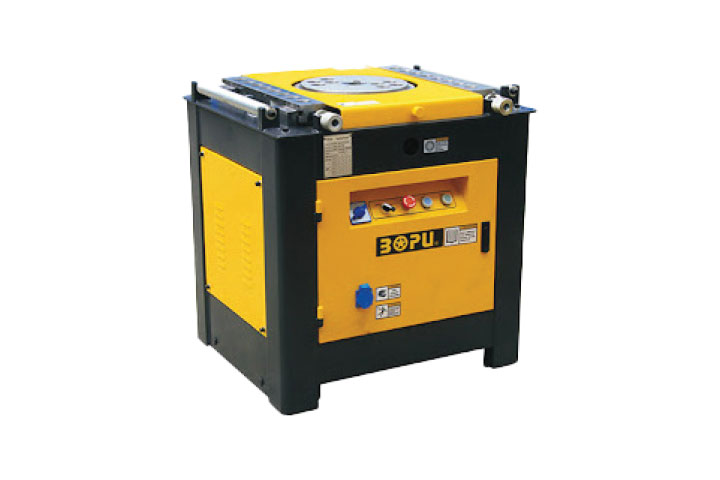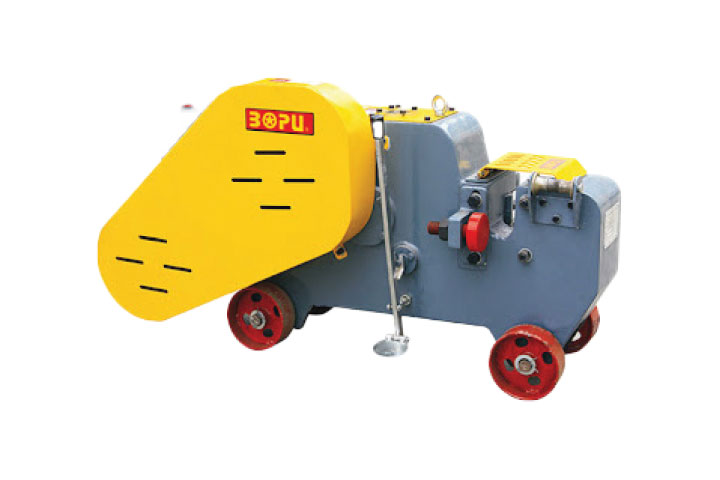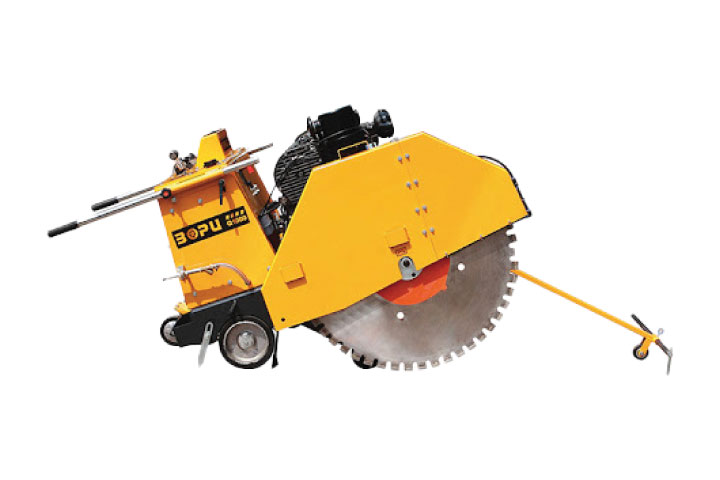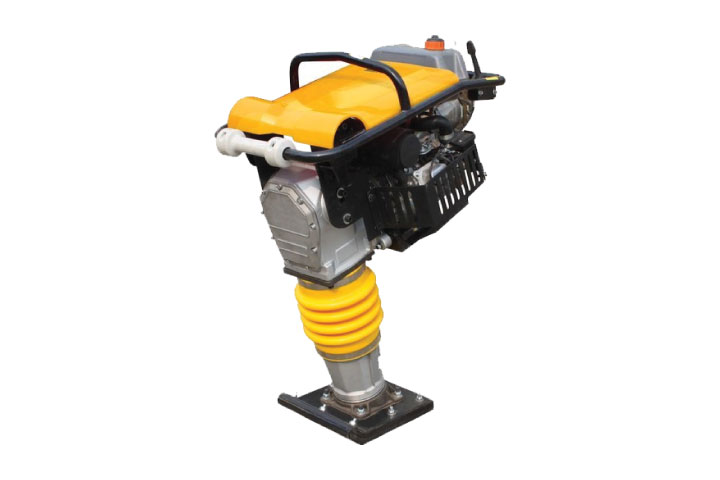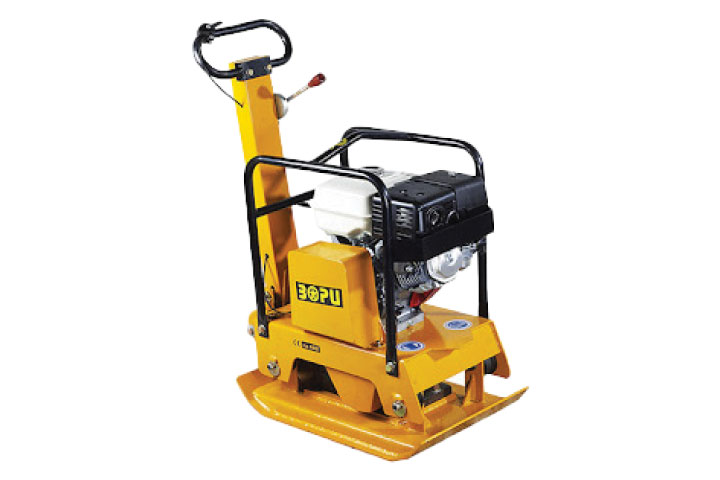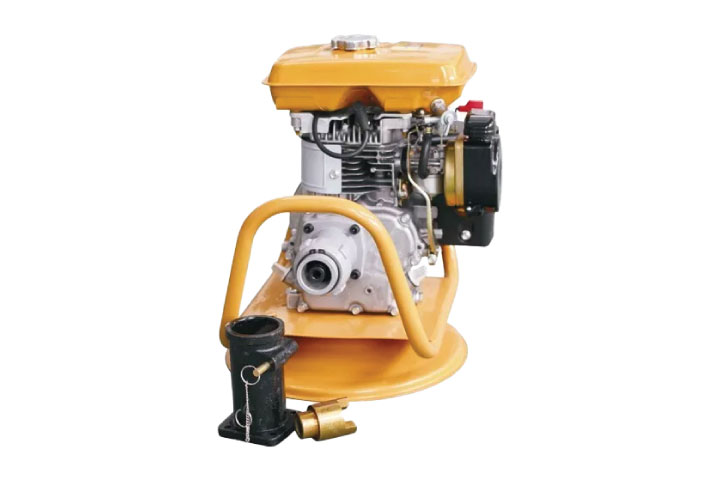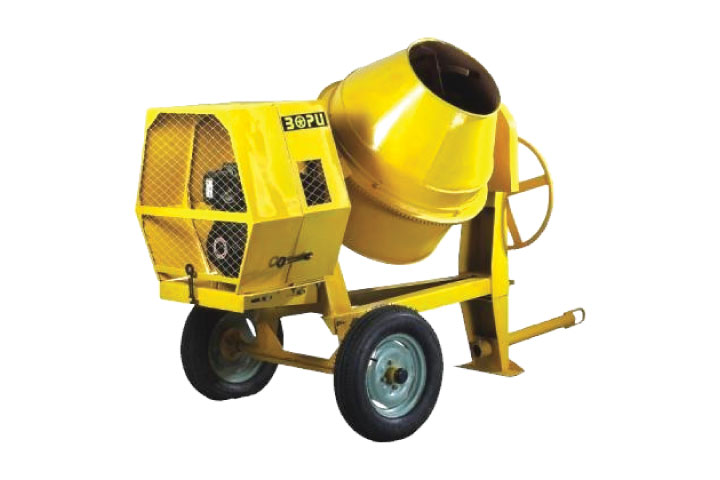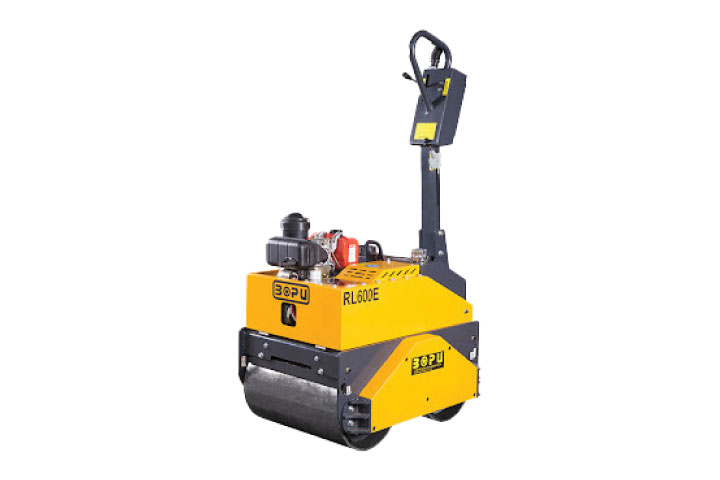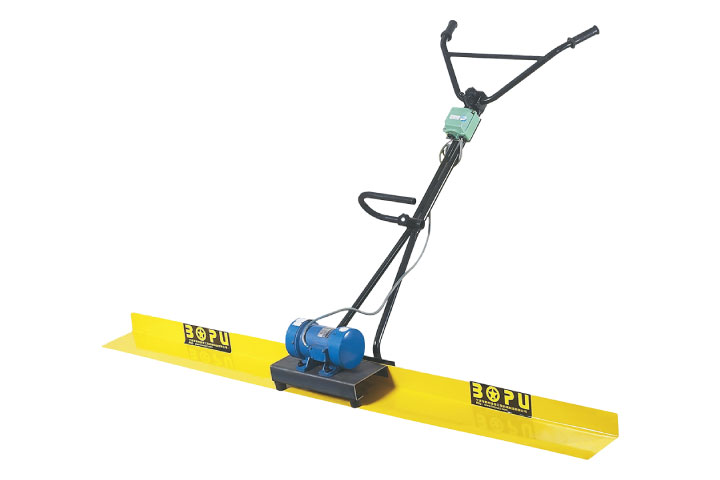Welding Cables
Welding cables are electrical cables that are used to connect the welding power source to the electrode holder, which holds the welding electrode. They are designed to carry high current, typically in the range of 60-600 amps, and to withstand the heat, abrasion, and other harsh conditions that are associated with welding.
Welding cables are typically made of copper or aluminum and are insulated with a rubber or neoprene cover to protect against heat, abrasion, and chemicals. The thickness of the insulation is also important, as it determines the cable's ability to withstand heat and the amount of current that it can safely carry.
Welding cables are available in different sizes and lengths, and the size of the cable should be selected based on the amperage of the welding machine and the length of the cable run. The longer the cable run, the thicker the cable should be to minimize voltage drop and ensure consistent welding performance.
Cable connectors are also an important aspect of welding cables, as they provide a secure connection between the welding machine and the electrode holder. They are available in different types and styles to suit different welding applications.
In summary, welding cables are electrical cables that are used to connect the welding power source to the electrode holder, they are designed to carry high current and withstand the harsh conditions of welding, and they come in different sizes and lengths to suit different welding applications.

